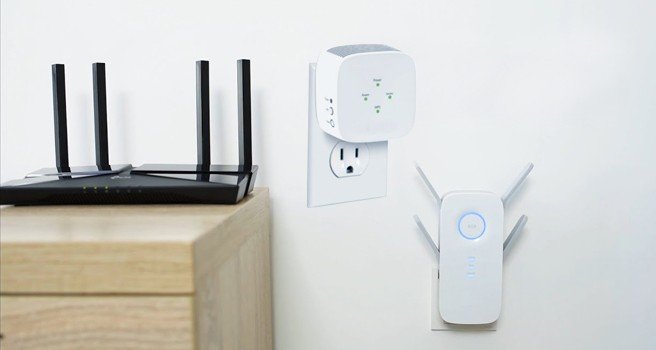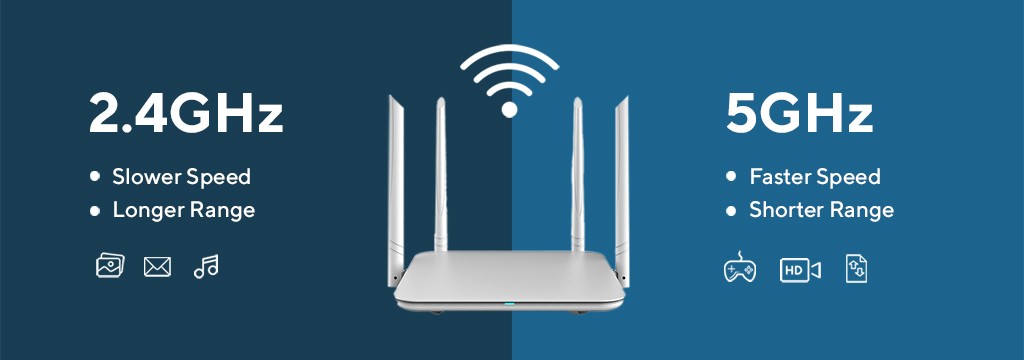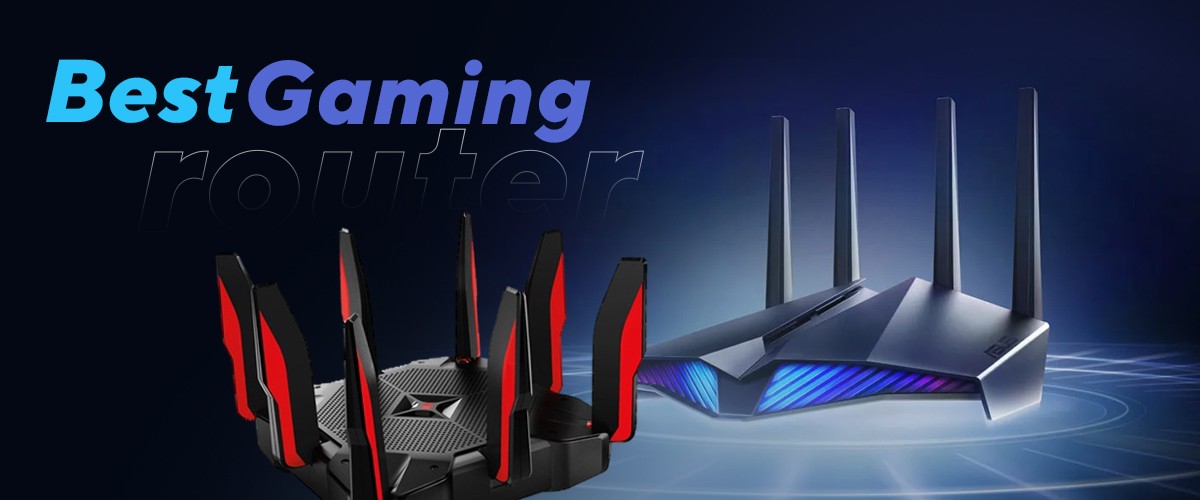Thanks to a powerful network, your company can surf the web and use cloud productivity tools. Wi-Fi routers keep your devices linked to the internet behind these networks. While many other factors to consider when building a solid network, the router you choose may make a significant impact. Here are some pointers to help you choose the best router for your company.
Type of network
If you look at any router, you’ll notice that it can connect to a variety of different networks. 802.1b, 802.1g, 802.1n, and 802.11ac are the four most prevalent. The quickest of these four is 802.11ac, which indicates how quickly the router can transport wireless data. An 802.11ac router may be preferable for those who want to connect several devices through Wi-Fi or cable.
Throughput
This is linked to the router’s network type and is generally one of the first features stated on router boxes and specs. Look for Mbps to determine the router’s throughput. This is the rate at which data from your connection is meant to be sent to users by the router.
Keep in mind that if your internet connection is 100 Mbps, but your router is only 80 Mbps, your overall speed will be the lower value. As a result, getting a router with a more significant throughput to support quicker connections is a smart option.
Range
This is especially crucial for Wi-Fi users because they will most likely not be seated precisely next to the router. Your connection will be slower and weaker the further you are from your router. 802.11ac often provides the strongest connections and the widest range.
Bands
You’ll notice numbers like 5Ghz and 2.4Ghz on every router’s packaging. These represent the router’s wireless radios. A dual-band router will contain both 5GHz and 2.4GHz radios, allowing devices to connect to various bands so that a connection is not overloaded. The performance of those who connect to the 5Ghz band is often greater, but the broadcast range is substantially lower than that of a 2.4Ghz radio.
Service excellence (QoS)
QoS (Quality of Service) is a relatively recent feature that allows the router administrator to restrict specific types of traffic. You may, for example, utilize a router’s QoS function to prohibit all torrent traffic or limit it so that other users have equal bandwidth. Although not all routers have this capability, it is a handy feature for business routers.
Beamforming
Beamforming is a relatively new technology quickly becoming the norm in mid-to-high-end routers. It is a type of signal technology that enables increased throughput in parts of a business that are now inactive. To put it another way, it can aid in the improvement of connection quality with devices hidden behind solid walls or in rooms with a lot of interference.
Routers can use this technology to detect weak connections and enhance them. While this feature is accessible on routers with various network types, it is essentially only usable with 802.11ac routers. This feature should be considered by those who are willing to pay a greater fee for improved network performance.
Multiple inputs and outputs (MIMO
The use of several antennas to improve performance and total throughput is known as MIMO. MIMO-enabled routers allow multiple devices to connect to a single router while reducing interference.
In real-world tests, correctly adjusted and focused antennas generally result in a minor improvement. On the other hand, purchasing a high-end router with six or more antennas may be an unnecessary expense for small organizations.
 Free Express Shipping
Free Express Shipping

























